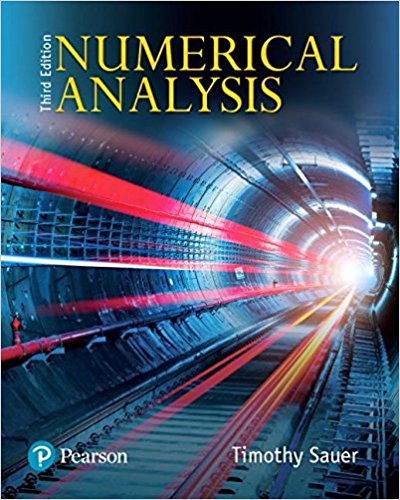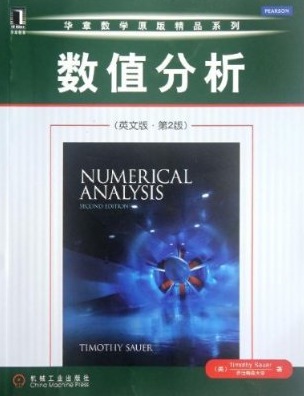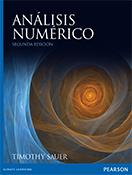
|
Tim SauerProfessor of Mathematics |
|
Department of Mathematics George Mason University Mail Stop 3F2 Fairfax, VA 22030 |
Office: Email: Phone: Fax: |
4209 Exploratory Hall tsauer (at) gmu.edu +1 (703) 993-1471 +1 (703) 993-1491 |








Solutions, Code, and Additional Examples for Numerical Analysis, Third Edition.